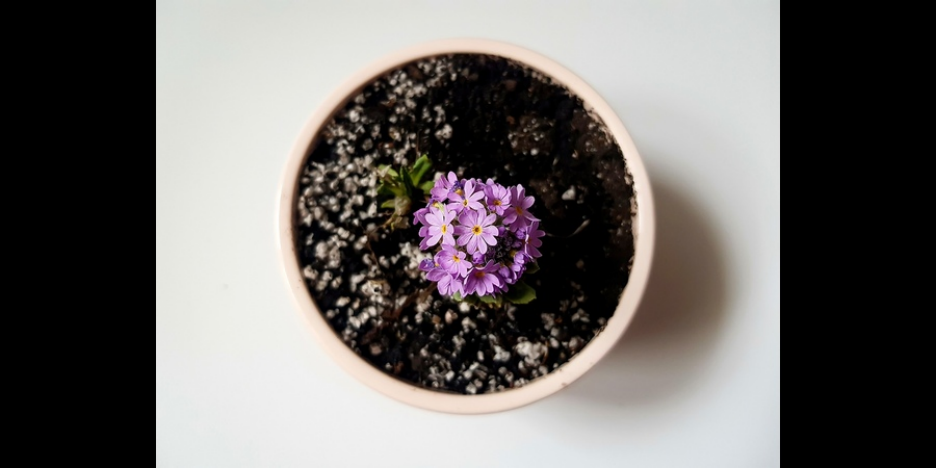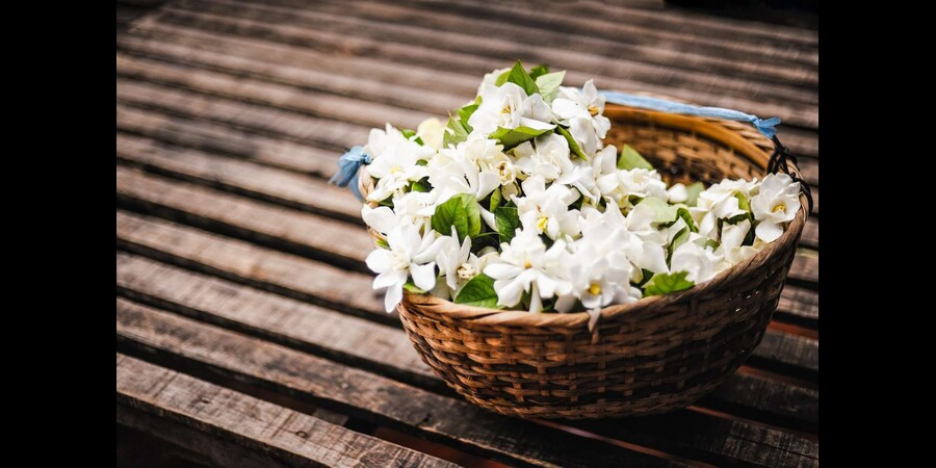Jasmine’s intoxicating fragrance and delicate, star-shaped flowers make it a favorite for plant enthusiasts. While often associated with outdoor gardens, jasmine can thrive indoors with proper care.Growing Jasmine Indoors Whether you’re a beginner or an experienced grower, this guide will help you successfully cultivate jasmine in your home.
Choosing the Right Jasmine Variety
Selecting the right jasmine variety is key to successful indoor cultivation. Jasminum Sambac (Arabian Jasmine) is prized for its fragrant blooms, commonly used in perfumes and teas. Its cultivar, Grand Duke of Tuscany, features rich-scented, double flowers. Jasminum Polyanthum (Pink Jasmine) is a prolific bloomer, producing white star-shaped flowers in late winter and early spring, triggered by a cooler period. Jasminum Grandiflorum (Spanish Jasmine) is sweet-smelling, semi-deciduous, and can bloom year-round, shedding leaves for new growth.
To thrive indoors, place jasmine in bright, indirect sunlight for at least six hours a day, preferably near a south-facing or east-facing window. If natural light is insufficient, supplement it with a grow light. Use well-draining, slightly acidic soil enriched with peat, perlite, and bark for balanced moisture retention and drainage. Choose a pot with drainage holes to prevent root rot, and keep the soil consistently moist but not soggy. Reduce watering during winter as growth slows, adjusting based on humidity and temperature.
Temperature and Humidity
Jasmine thrives in daytime temperatures between 60°F and 75°F, with cooler 50°F to 55°F conditions in fall and winter to encourage bud formation. Maintaining proper humidity is essential—mist the leaves, use a humidifier, or place the pot on a tray with pebbles and water to create a humid environment.

Fertilization
Feed jasmine with an organic fertilizer every four to six weeks during the growing season (spring to fall). Avoid fertilizing in winter to prevent excessive growth. A phosphorus-rich fertilizer encourages prolonged blooming, ensuring vibrant flowers rather than just leafy growth.
Caring for Indoor Jasmine Plants
Pruning after flowering promotes branching and more blooms. Support vining varieties with a trellis or let them cascade in a hanging basket. As fall approaches, flower buds begin forming, and winter dormancy requires reduced watering. If root-bound, repot in well-draining soil every couple of years.
For propagation, take stem cuttings, plant them in moist soil, and cover them with a plastic bag or humidity dome until roots develop. Once established, transfer them to fresh soil under bright light for healthy growth.
Common Issues and Solutions
Jasmine can face pests like spider mites and scale insects, which cause yellowing leaves and stunted growth. Combat infestations with neem oil or insecticidal soap bi-weekly, and improve air circulation to prevent outbreaks.
Root rot is often caused by overwatering—ensure proper drainage and allow the soil to dry slightly between waterings. Growing Jasmine Indoors Yellowing leaves can indicate nutrient deficiencies; a balanced fertilizer can restore plant health.
If your jasmine isn’t blooming, check for insufficient light or lack of a cool resting period. Move it to a brighter location and prune after blooming to stimulate new buds. Avoid excessive fertilization, as it promotes leafy growth at the expense of flowers

Harvesting Jasmine Flowers
Harvesting jasmine flowers at the right time preserves their fragrance and quality. Pick early in the morning, when the buds are still closed but about to open, as they hold the most essential oils. Dry them in a well-ventilated space, especially if using them for jasmine tea. Always ensure you are using true Jasminum species for safe consumption.
Final Thoughts
Growing jasmine indoors is a rewarding experience, filling your home with beauty and fragrance. By following essential light, watering, and pruning guidelines, your jasmine will thrive year-round. With patience and care, you can enjoy lush foliage and delightful blooms, making jasmine a beloved houseplant for any space.


Pingback: Chana Daal: A Nutritious and Flavorful Ingredient - choosewise.info